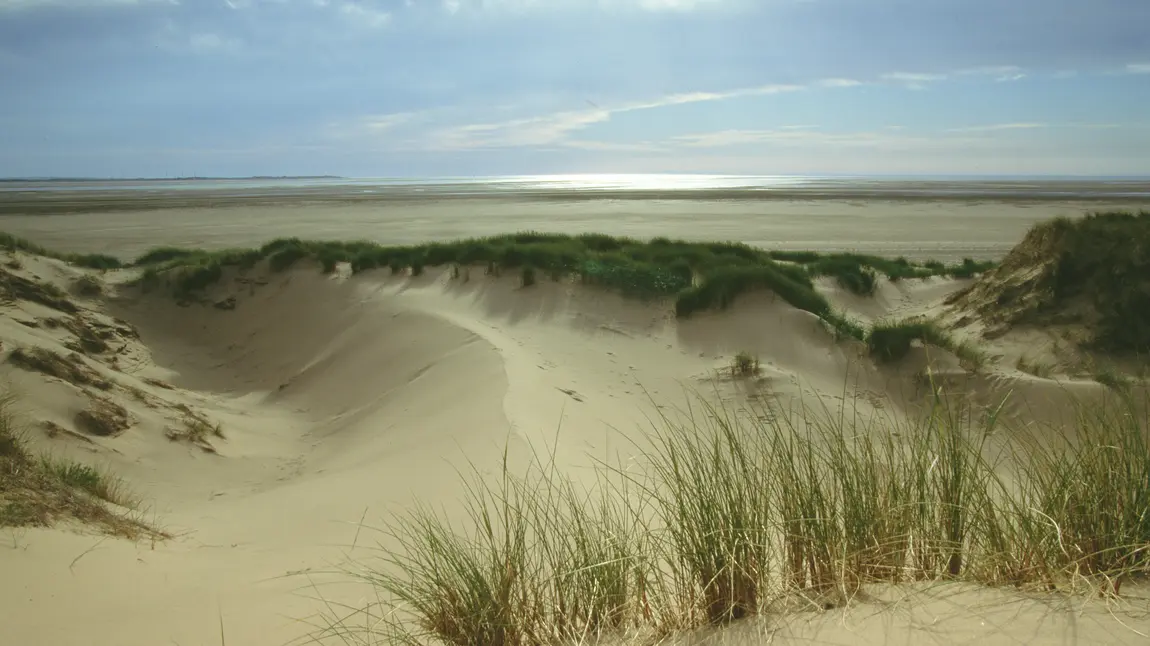Let’s get sand dunes moving and thriving

They are the backdrop to many summer holidays and home to some of our most endangered species, but sand dunes are the most at-risk habitat in Europe.
For decades they have been fenced in, kept out of bounds to the public and fixed in place by vegetation. However, to thrive as an ecosystem, sand dunes need to be allowed to have bare sand and, vitally, be able to move.
“People can now enjoy a habitat they have long been encouraged to keep off."
Marian Spain, interim chief executive of Natural England
Dynamic dunescapes
Now, Natural England has launched the National Lottery funded Dynamic Dunescapes project, supported by National Trust, Natural Resources Wales, Plantlife, The Wildlife Trusts and thousands of citizen scientists and volunteers.
Drew Bennellick, Head of Land and Nature Policy UK at The National Lottery Heritage Fund, explains: “In recent decades the approach has been to keep dunes where they are by using fencing and vegetation. We now know that this is bad news for some of the rare species that make their homes among our dunes and they need to be able to naturally move.

“It’s not easy to get the balance right – we need dunes to move but we don’t want them to end up in people’s gardens or taking over the beachside car park. Thanks to this National Lottery funding and the expertise of the partnership organisations, this project can begin to find ways of addressing these pressing issues.”
The project will concentrate on improving the condition of nine identified dune cluster sites at: Anglesey and Gwynedd, Braunton Burrows on the North Devon Coast, Carmarthenshire, the Cumbrian coast, Lincolnshire Sand Hills, North Cornwall Coast, Sefton Coast, Studland Dunes in Dorset, Swansea, Neath and Port Talbot.
Taking action
Over the next four years, the project will:
- Conserve nearly 7,000 hectares of sand dunes
- Create a citizen science programme for people of all ages
- Develop skills, training and research projects for individuals and organisations
- Build a greater understanding and appreciation of sand dunes
- Improve access to sand dunes increase footfall to reinvigorate open habitats
- Share learning to inform UK wide dune rejuvenation
Marian Spain, interim chief executive of Natural England, said: “People can now enjoy a habitat they have long been encouraged to keep off. We know now that walking and playing on dunes can help create bare sand and crevices for the special wildlife that lives here to colonise. That’s why we’ll be inviting more people to become citizen scientists and discover the fantastic heritage at the top of the beach.”
Discover how you can take part in securing a dynamic future for sand dunes at the Dynamic Dunescapes website.